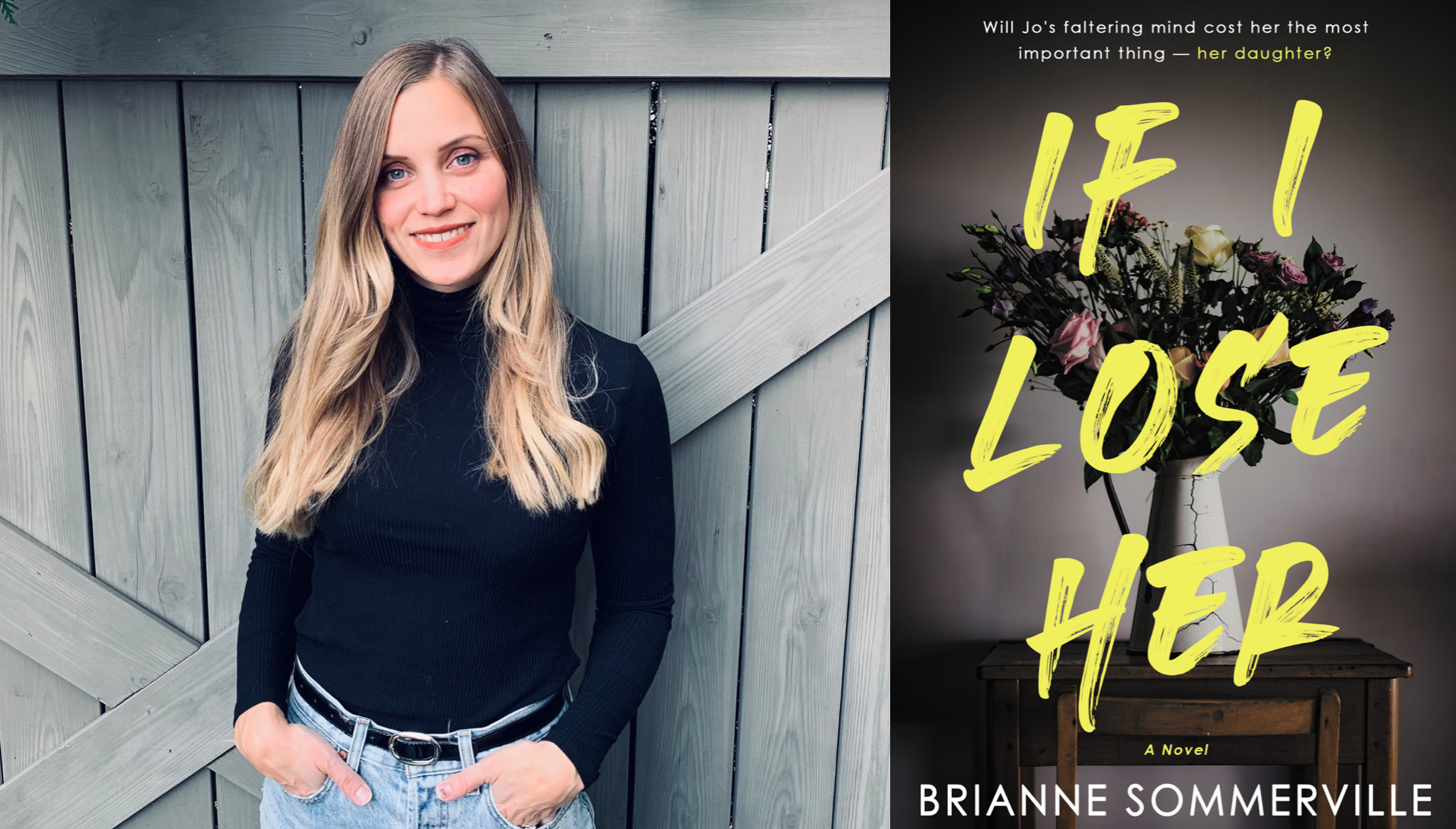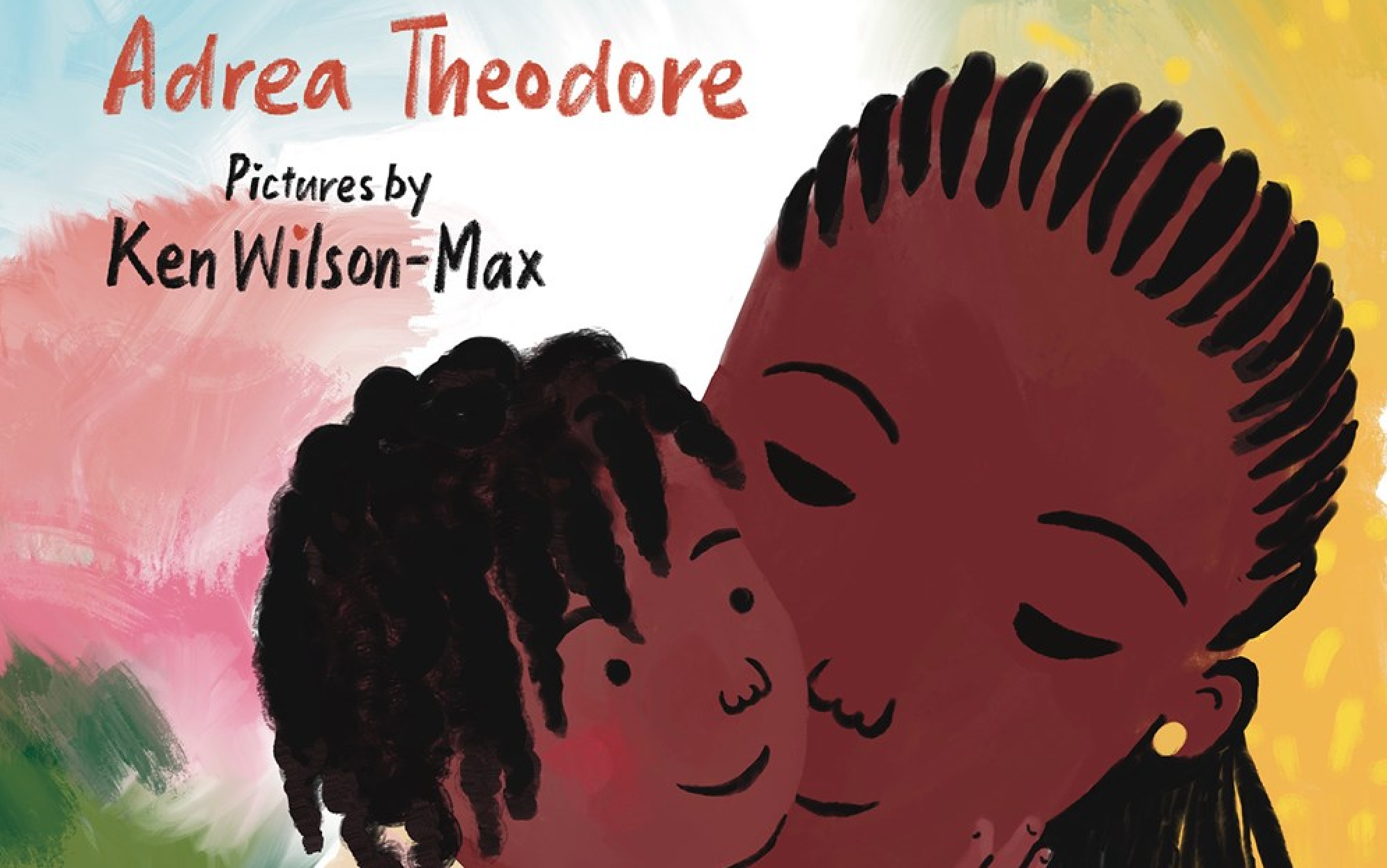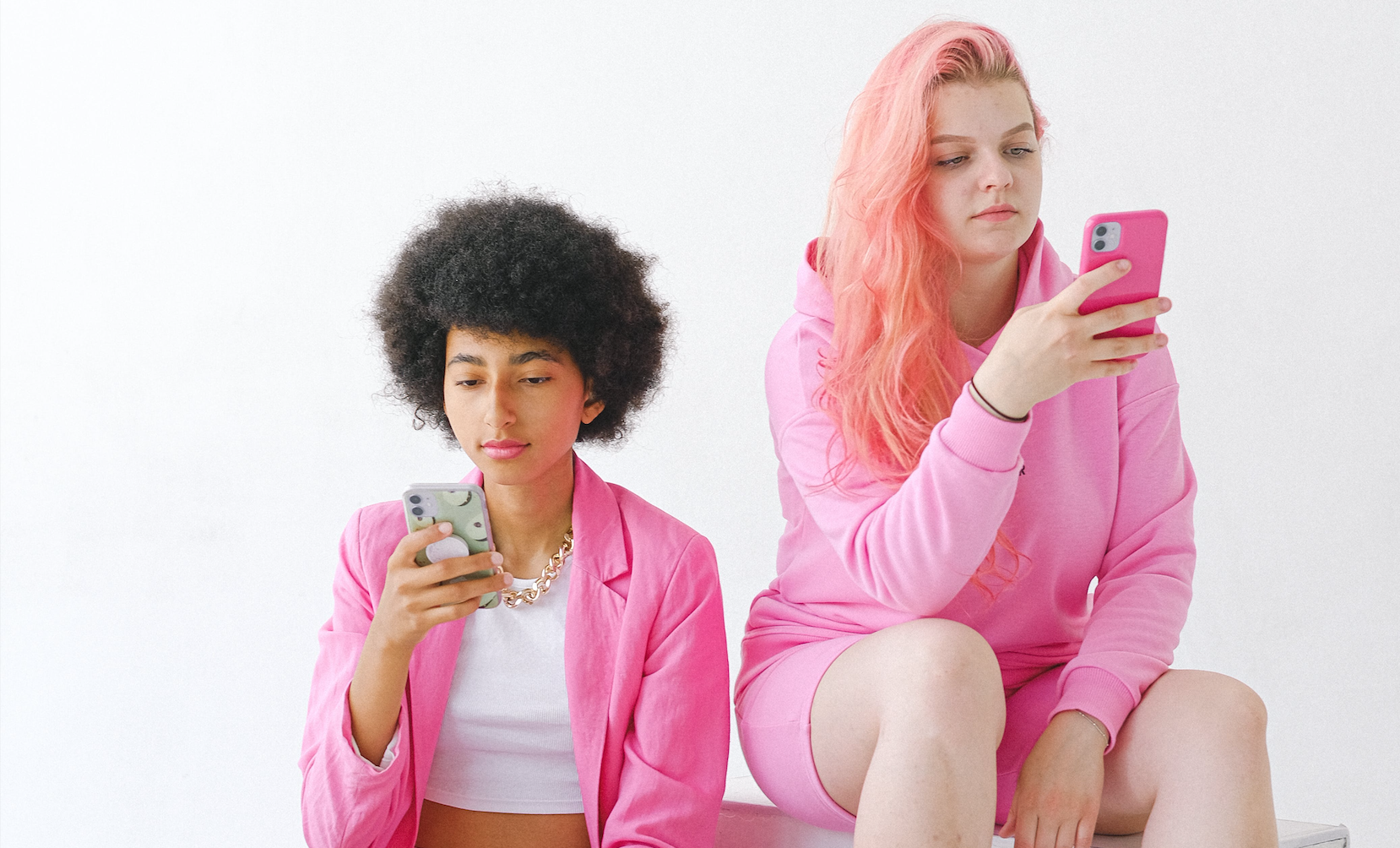It’s easy to define the way we view women in the middle east, especially when we see the narrow depictions in the media. We are often reminded of that scene int the ‘Sex and the City 2’ movie when the fab four go to Abu Dhabi in the Middle East. Toward the end of the film we see the Carrie and her gals meet up with a group of Hijab and Niqab-wearing women, and follow them to a secret room. Once inside, the women remove their coverings and underneath we see glamorous women wearing the exact same designer garb as the women from New York.
The reason we use that example is because that is not such an unrealistic notion. Sure there are vast cultural differences in each country, but could there be more similarities amongst young women today than we think? Especially with globalization, the internet and social media, the boundaries are becoming more blurred and the access to information is much more increased.
If we step away from mainstream journalism and try to do our own research, we might start to broaden our horizons and allow our opinions to be formed outside of a huge TV news network.
A woman who is trying to give a bigger glimpse into the world of women in the middle east is photographer Rania Mater. She was born in Lebanon and moved to the US in 1984. She is a photography teacher in Massachusetts, but still travels regularly to Lebanon. Her focus is women and girls, and in 2012 she decided to embark on a project documenting the lives of teen girls in both countries.
At first she would take photographs of friends of her own teenage daughters, and the teen daughters of her friends to capture their transformation into adulthood and showcase their identities. Most of the girls wanted to take the pictures in their bedrooms, and that’s how the crux of the ‘A Girl and her Room’ project was formed.
After capturing images of the girls she knew in the United States, she went further afield to Lebanon and took photos there. She also took photos of girls she didn’t know, to get a wider scope for her project.
“I initially started this work focusing on teenage girls in the United States and eventually expanded the project to include girls from the two worlds I am most familiar with, the two worlds I experienced myself as a young woman: the United States and the Middle East. This is how this project became personal to me. I became fascinated with the similar issues girls at that age face, regardless of culture, religion and background, as they learn to deal with all the pressures that arise as they become conscious and aware of the surrounding world wherever this may be,” Rania says on her website about the project.
Aside from creating a project that would give viewers a peek into the world of girls transitioning into an important phase of their lives, and capturing the unique identity signifiers that exist in every teen girls bedrooms (posters, clothes, style, music etc) the project also became a powerful way to break down stereotypes about girls in the Middle East.
“There were more similarities than differences. Photographing in both cultures wasn’t about comparing cultures, even though some people cannot help but do it,” she told news website Mic. “It was more about really showing the universality of being a teenage girl and the similar issues that girls go through regardless of culture, religion, and background, as they learn to deal with all the pressures that arise as they become consciously aware of the surrounding world, wherever this may be.”
“I hope that people see that … at the core, we are so much more the same than different. With all the news from the Middle East, now more than ever, the focus in the western media is on how different we are from one another, but for me, beyond the sensationalism of the news, there is the universality of our common humanity, as expressed here through A Girl and Her Room.”
The coolest aspect of these images is that it forces us as women, as humans to self-reflect and re-think the way we stereotype people. It’s easy to categorize groups of people, but it is not supposed to be a normal thing. It was a technique developed by the business, marketing and consumer world to better target products and services. But in everyday life we can benefit greatly from choosing to look deeper and find a greater human connection than what we are told to adhere to in the media.
Thank you Rania for sharing such a timely and poignant insight into how cultural differences should not be a barrier to forming connections and relationships.
Take a look at some of the images in this post, and if you want to find out where each girl is from, or think you can guess just by judging from appearances (ha!) make sure check out the full portfolio for caption details.

























3 thoughts on “Photography Series Breaking Down Stereotypes About Girls In The Middle East”